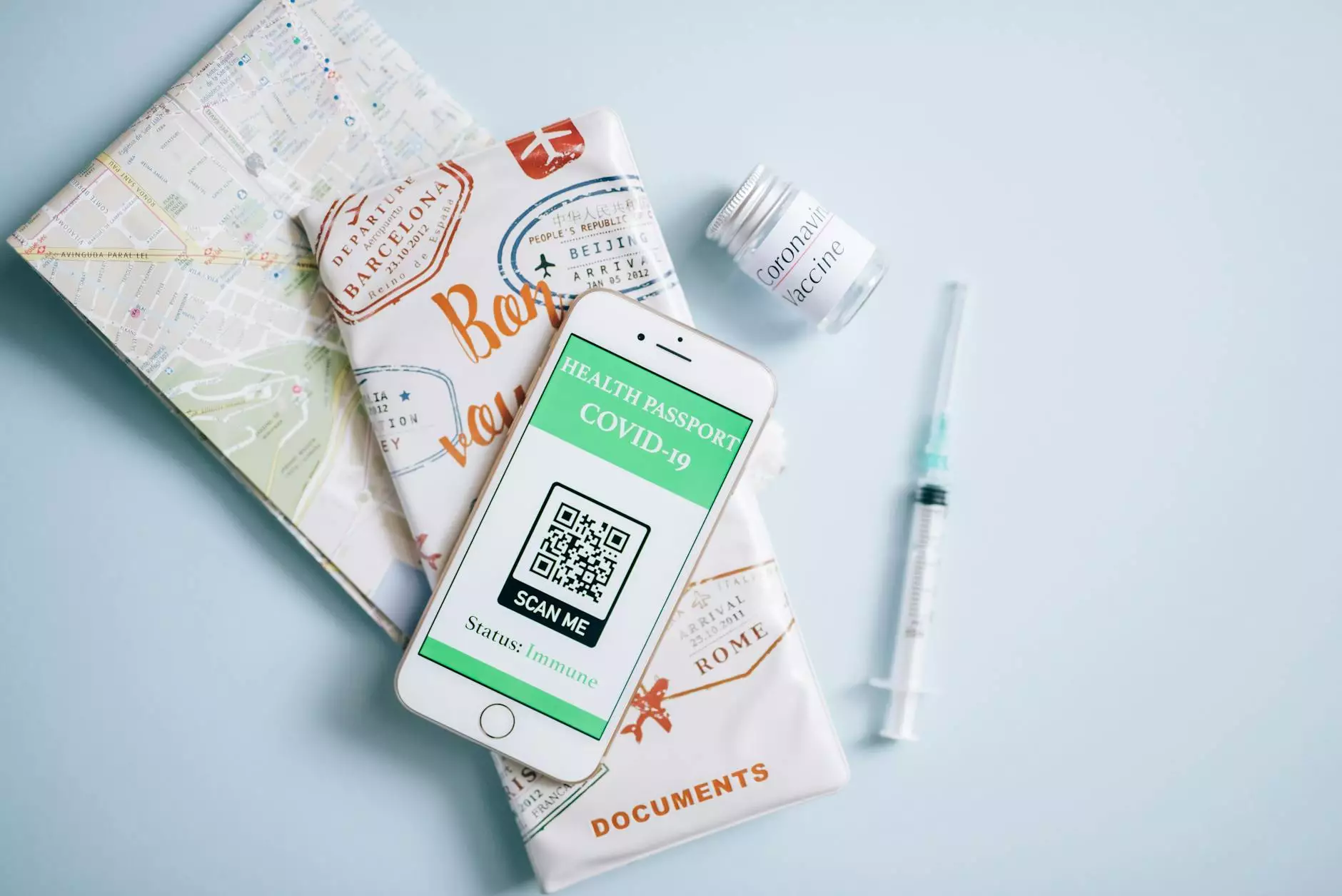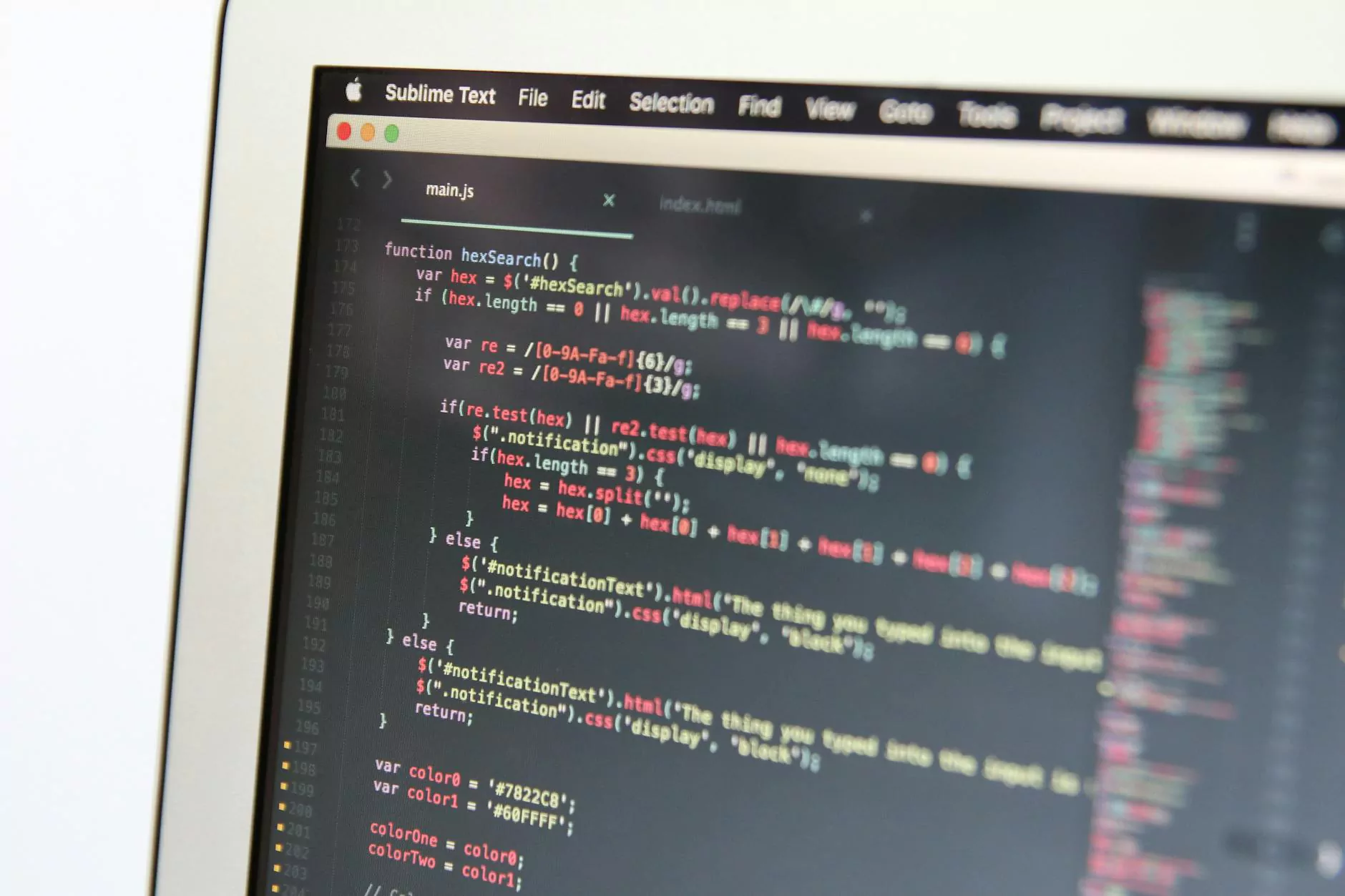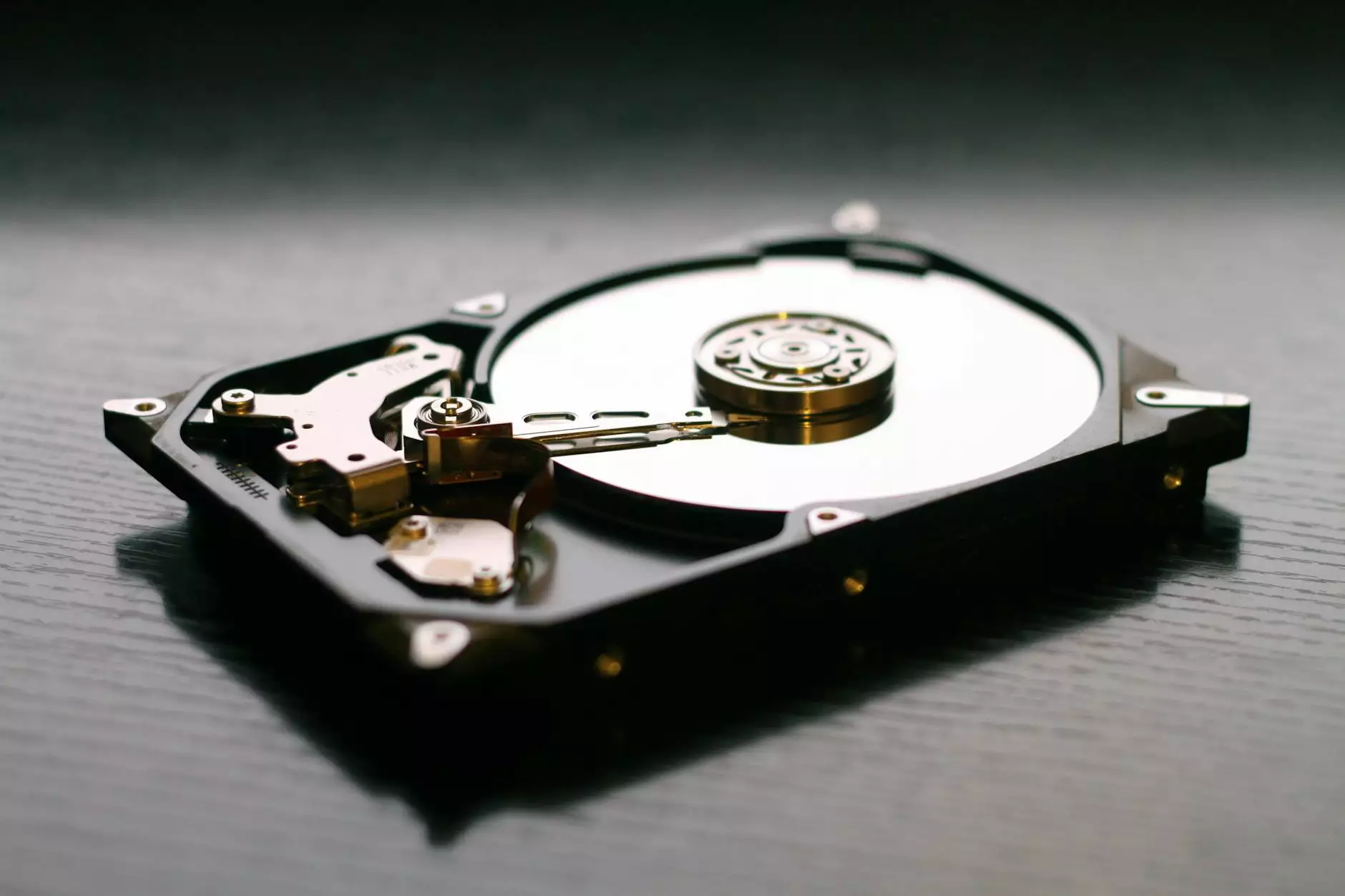Understanding Microsoft Remote Desktop Security

In today's digital landscape, where remote work has become increasingly common, ensuring the security of remote desktop connections is more crucial than ever. The use of Microsoft Remote Desktop has surged, enabling employees to access their work computers securely from virtually any location. Yet, as with any technology, it presents unique challenges that must be addressed to protect sensitive data and maintain business integrity. This article provides an in-depth analysis of Microsoft Remote Desktop Security, offering essential tips, best practices, and solutions to enhance your security measures.
The Importance of Microsoft Remote Desktop Security
Microsoft Remote Desktop Services (RDS) allows users to connect to a network or a computer from a remote location, primarily for productivity and convenience. However, these connections can also present formidable security vulnerabilities. A compromised connection can lead to data breaches, unauthorized access, and significant financial losses. Thus, understanding and implementing Microsoft Remote Desktop Security is vital for any business relying on remote access technologies.
Key Security Risks Associated with Remote Desktop
Several inherent risks come with using remote desktop services. Understanding these risks is the first step toward reinforcing your security posture. Here are some of the primary security threats:
- Brute Force Attacks: Attackers often attempt to gain access by systematically trying multiple password combinations. Poor password practices can lead to unauthorized access.
- Exploits and Vulnerabilities: Outdated software or unpatched systems can be easily exploited by cybercriminals to gain control over the system.
- Phishing Attacks: Attackers may try to trick users into revealing their credentials through deceptive emails or websites.
- Data Interception: Unsecured connections can result in sensitive information being intercepted during transmission.
- Malware Infections: Remote connections can be a vector for malware, particularly if users inadvertently download infected files or software.
Best Practices for Enhancing Microsoft Remote Desktop Security
To mitigate these risks, several best practices can be adopted. Implementing these strategies will strengthen your overall security framework and protect your business from potential threats:
1. Use Strong Passwords and Multi-Factor Authentication (MFA)
Ensure that all users employ strong passwords that combine letters, numbers, and special characters. Additionally, implement Multi-Factor Authentication (MFA). By requiring users to provide an additional piece of information (such as a text message code or authentication app code), you significantly increase security.
2. Regularly Update Software and Systems
Keeping your operating systems and software up to date is crucial. This includes not just the Remote Desktop Protocol (RDP) but also any applications and security software. Regular updates help protect against known vulnerabilities.
3. Limit User Access
Employ the principle of least privilege. Users should only have access to the resources necessary for their roles. Avoid giving administrative access unless absolutely necessary; this can significantly reduce potential damage in case of credential compromise.
4. Utilize Secure Connections
Always use a Virtual Private Network (VPN) when accessing Microsoft Remote Desktop services. A VPN encrypts your internet connection, providing a secure tunnel between your device and the remote server. This greatly reduces the risk of data interception.
5. Monitor Remote Connections
Regularly review access logs and user activity. Monitoring can help detect any unauthorized access attempts or unusual behavior patterns, enabling you to respond quickly to potential threats.
Advanced Security Features of Microsoft Remote Desktop
Microsoft offers several advanced security features that can further enhance your remote desktop security:
1. Network Level Authentication (NLA)
Network Level Authentication (NLA) requires users to provide their credentials before a connection is established. This adds an additional layer of security, preventing unauthorized users from accessing the system even if they can reach the login screen.
2. Remote Desktop Gateway
Implement a Remote Desktop Gateway (RD Gateway) which allows secure remote connections over the internet. RD Gateway uses HTTPS to tunnel RDP traffic, providing an encrypted connection that can protect against various network-based attacks.
3. Group Policy Settings
Utilize Group Policy settings to enforce security configurations across your organization. This includes setting requirements for password complexity, determining which users have remote access, and configuring lockout policies.
4. Encryption Options
Ensure that encryption is enabled for RDP connections. Microsoft Remote Desktop allows for encryption of data in transit, providing confidentiality to sensitive information exchanged during remote sessions.
Incident Response and Recovery Planning
Even with robust security measures in place, breaches can occur. Therefore, it is essential to have an incident response and recovery plan:
1. Prepare an Incident Response Plan
Develop a comprehensive incident response plan that outlines the steps to take in the event of a security breach. This should include contact information for response teams, procedures for isolating affected systems, and guidelines for notifying affected parties.
2. Regularly Backup Data
Regularly backing up data is crucial. Ensure that backups are stored securely and tested periodically to confirm that they can be restored in a disaster scenario. This is particularly important in case of ransomware attacks.
3. Conduct Security Awareness Training
Training employees on security best practices can greatly reduce the chances of a successful attack. Topics should include identifying phishing attempts, safe internet browsing habits, and the importance of maintaining strong passwords.
Conclusion: The Path Forward
In conclusion, Microsoft Remote Desktop Security is not just a technical consideration; it is a vital component of your business's overall operational strategy. By understanding the risks associated with remote access and implementing best practices, organizations can protect their sensitive data and maintain the integrity of their systems. As remote work continues to evolve, ongoing attention to remote desktop security will be critical for sustaining business success in the digital age.
Additional Resources
For further information on enhancing your Microsoft Remote Desktop Security, consider exploring these resources:
- Microsoft Remote Desktop Services Documentation
- CISA Security Tips
- RDS Tools: Your Partner in IT Security
By leveraging these strategies and resources, businesses can continue to embrace the flexibility of remote work while safeguarding their critical information and assets.









